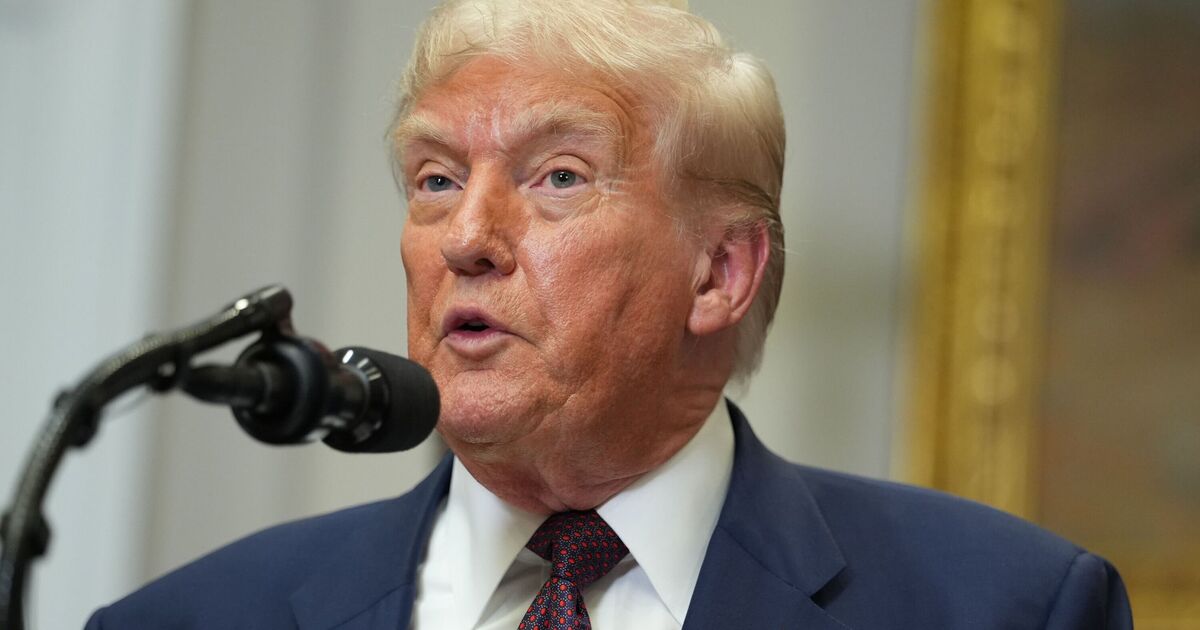Donald Trump has hit Canada with 35% tariffs as they had “failed to cooperate” in reducing the flow of drugs across the border. Despite Prime Minister Mark Carney insisting that his country was making “vital progress” on curbing the crossing on fentanyl and other illicit substances to the US, he has “failed” to do so according to Mr Trump, leading to increased tariffs from the US.
According to White House figures, fentanyl seizures at the northern border this fiscal year so far have surpassed total seizures of the past three years combined. In November, President Trump promised to “sign all necessary documents to charge Mexico and Canada a 25% Tariff” on their imports “into the United States, and [their] ridiculous Open Borders.”
In March, Mr Trump concluded that Canada had failed to adequately address the situation and imposed the 25% tariff. However, the US is now taking further action by increasing the tariff by 10% for its “continued role in the illicit drug crisis”.
Despite the increased levy, most goods from Canada will avoid the extra charge due to the existing treaty called the United States-Mexico-Canada Agreement (USMCA). The president also announced that goods from Mexico will be charged at current rates for a further 90 days, avoiding the threat of 35%.
According to the Royal Bank of Canada, nearly 90% of Canadian goods imported to the US are exempt under the free trade deal. Yet, some imports such as dairy produce, wood and leather could face higher tariffs.
The decision by President Trump came into effect at 00:01 US East Coast time (05:01 BST) on Friday.
The US also announced “reciprocal” tariffs on a number of other countries such as India and Taiwan. The two economies were hit with levies of 25% and 20% respectively.
However, Taiwan’s president has insisted that the tariff was only “temporary” due to the ongoing talks with Mr Trump.
The executive order has reimposed levies ranging from 10% to 41% on US imports, yet most of the tariffs will not take effect until August 7 – except Canada. Goods loaded onto ships by this date will not be affected by the rates if they arrive in the US before 5 October.

